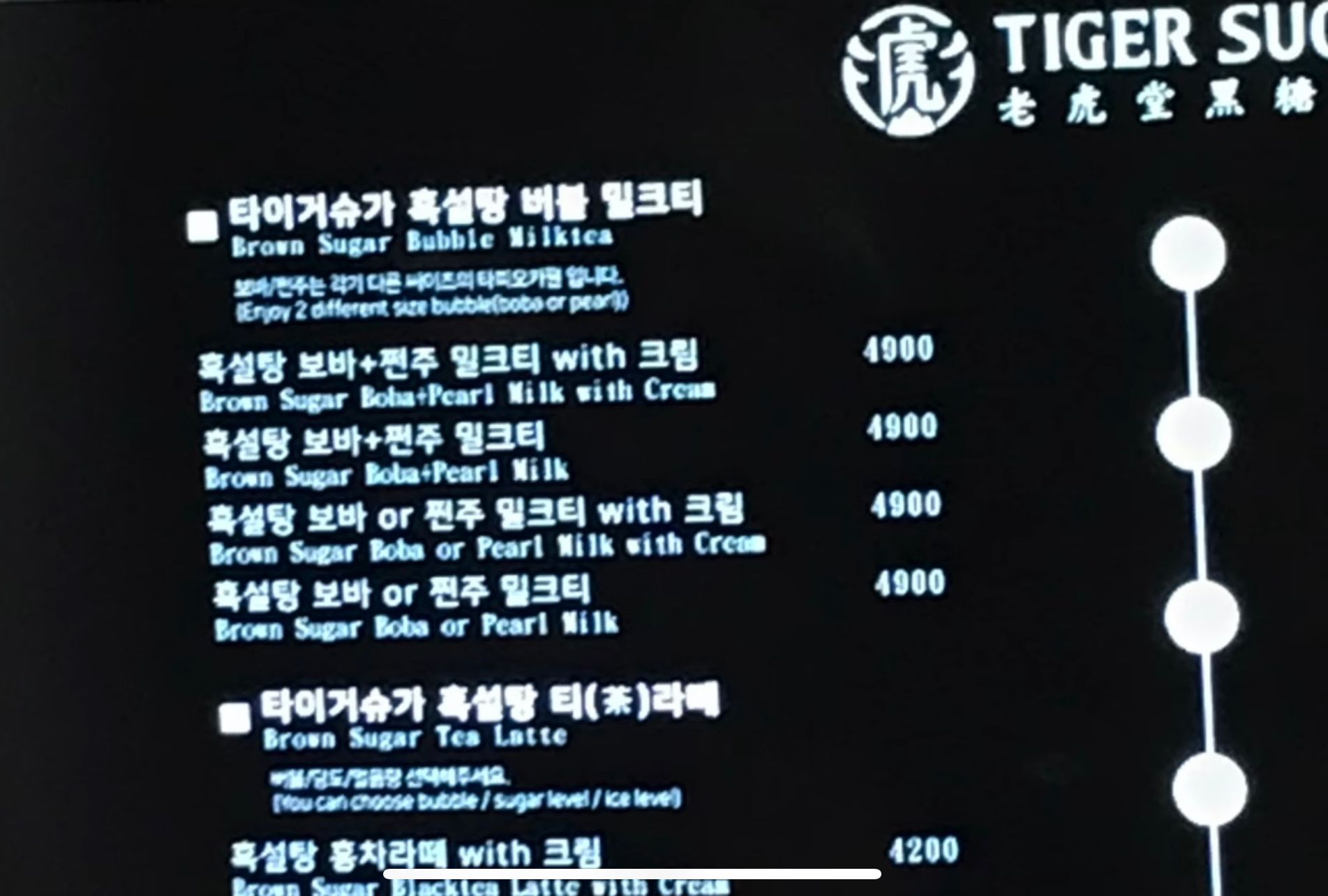Korean Grammer Rules: Batchim
In Korean grammar, batchim, or final consonants, play a crucial role in determining the pronunciation and meaning of words. Understanding batchim rules is

In Korean grammar, batchim, or final consonants, play a crucial role in determining the pronunciation and meaning of words. Understanding batchim rules is essential for correct pronunciation and comprehension of the Korean language.
The following are some of the batchim grammar rules in Korean:
- Batchim and pronunciation:
The presence or absence of batchim at the end of a word can alter the pronunciation significantly. For example, the word "밥" (rice) is pronounced "bap" with batchim, while the word "바" (bar) is pronounced "ba" without batchim. In Korean, each final consonant has its own distinct pronunciation, and this can change the meaning of words.
- Batchim assimilation:
When a word with batchim is followed by another word with batchim, the final consonant of the first word can assimilate into the following word. For example, the word "반찬" (side dish) is pronounced "banchan" with batchim assimilation, and the final consonant of "반" (half) assimilates into "찬" (dish) to form a new sound.
- Batchim dropping:
When a word with batchim is followed by a particle or a suffix that begins with a consonant, the final consonant of the word is dropped. For example, the word "집" (house) drops its batchim when followed by the particle "에서" (at), forming "집에서" (at home). Similarly, the word "먹다" (to eat) drops its batchim when followed by the suffix "ㄹ까요?" (shall we?), forming "먹을까요?" (shall we eat?).
- Batchim doubling:
When a word with batchim is followed by a particle or a suffix that begins with a vowel, the final consonant of the word is doubled. For example, the word "밥" (rice) doubles its batchim when followed by the particle "이" (subject marker), forming "밥이" (rice is).
- Batchim and spelling:
The spelling of a word can change depending on the presence or absence of batchim. For example, the word "몸" (body) changes to "못" (not) when the batchim is dropped. Similarly, the word "가" (to go) changes to "갈" (will go) when the batchim is doubled.
Are you ready to become more committed and consistent in learning korean ? Then subscribe to linguakorean.com and experience the best stories and korean learning experience that will get you fluent . Subscribe now and have Free and or Paid lessons directly sent to your inbox !!!
In conclusion, understanding batchim rules is essential for correct pronunciation and comprehension of Korean grammar. While it may seem overwhelming at first, with practice and patience, learners can master the nuances of batchim and become fluent in Korean.
In Korean grammar, batchim, or final consonants, play a crucial role in determining the pronunciation and meaning of words. Understanding batchim rules is essential for correct pronunciation and comprehension of the Korean language.
The following are some of the batchim grammar rules in Korean:
- Batchim and pronunciation:
The presence or absence of batchim at the end of a word can alter the pronunciation significantly. For example, the word "밥" (rice) is pronounced "bap" with batchim, while the word "바" (bar) is pronounced "ba" without batchim. In Korean, each final consonant has its own distinct pronunciation, and this can change the meaning of words.
- Batchim assimilation:
When a word with batchim is followed by another word with batchim, the final consonant of the first word can assimilate into the following word. For example, the word "반찬" (side dish) is pronounced "banchan" with batchim assimilation, and the final consonant of "반" (half) assimilates into "찬" (dish) to form a new sound.
- Batchim dropping:
When a word with batchim is followed by a particle or a suffix that begins with a consonant, the final consonant of the word is dropped. For example, the word "집" (house) drops its batchim when followed by the particle "에서" (at), forming "집에서" (at home). Similarly, the word "먹다" (to eat) drops its batchim when followed by the suffix "ㄹ까요?" (shall we?), forming "먹을까요?" (shall we eat?).
- Batchim doubling:
When a word with batchim is followed by a particle or a suffix that begins with a vowel, the final consonant of the word is doubled. For example, the word "밥" (rice) doubles its batchim when followed by the particle "이" (subject marker), forming "밥이" (rice is).
- Batchim and spelling:
The spelling of a word can change depending on the presence or absence of batchim. For example, the word "몸" (body) changes to "못" (not) when the batchim is dropped. Similarly, the word "가" (to go) changes to "갈" (will go) when the batchim is doubled.
In conclusion, understanding batchim rules is essential for correct pronunciation and comprehension of Korean grammar. While it may seem overwhelming at first, with practice and patience, learners can master the nuances of batchim and become fluent in Korean